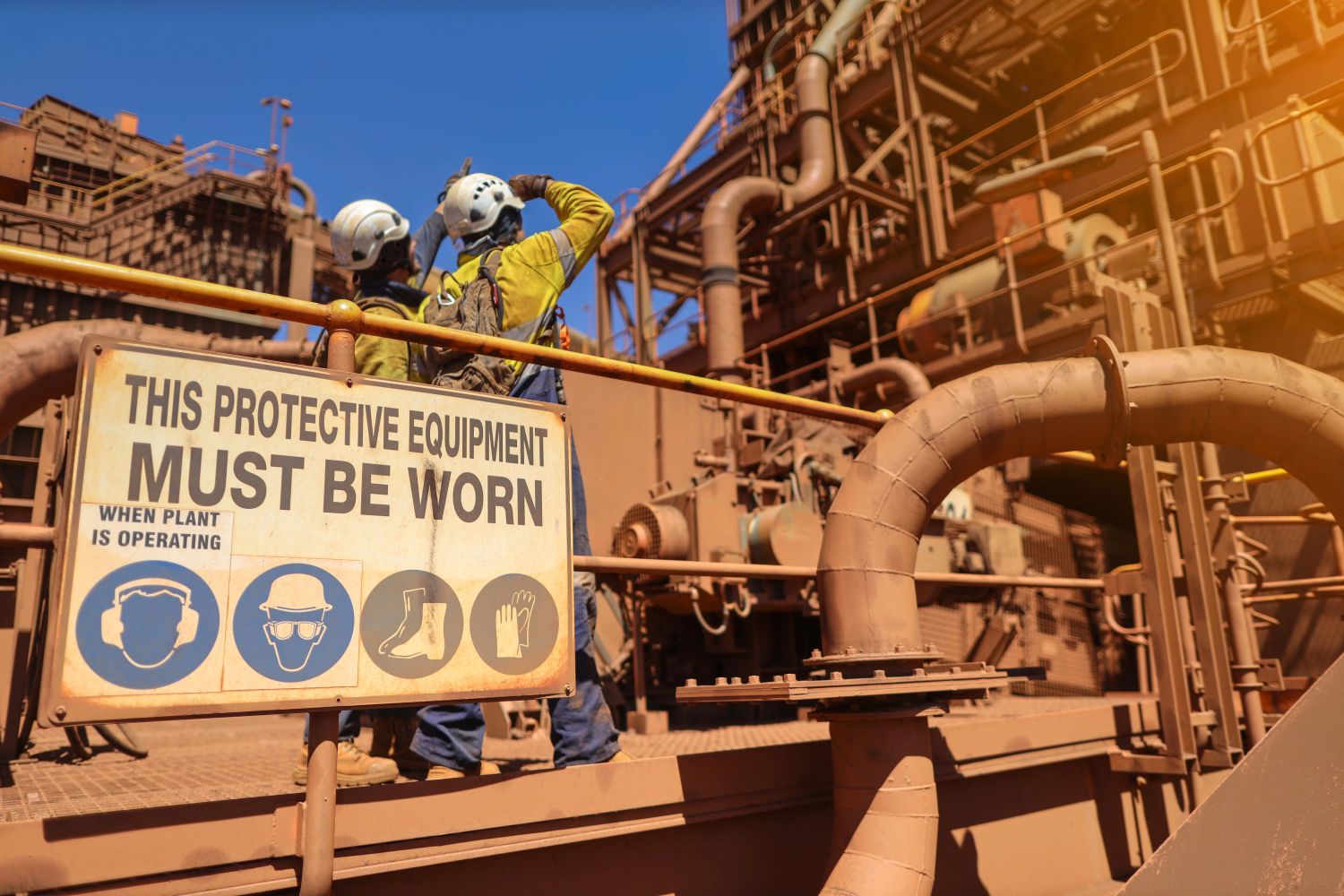Getting PPE to do what it says on the tin
The construction industry has always been inherently hazardous, with workers routinely exposed to risks such as falls, heavy machinery and toxic materials. It is one of the reasons why Personal Protective Equipment (PPE) is so critical. However, recent surveys have revealed alarming failure rates in PPE, raising concerns about its effectiveness in safeguarding workers, writes John Ridgeway.
A recent assessment by the British Safety Industry Federation (BSIF) found that 90% of PPE tested did not meet required safety standards. Similarly, another BSIF study indicated that 79% of PPE from non-registered suppliers failed safety compliance tests – findings which suggest that substandard PPE is alarmingly prevalent in the market.
The repercussions of inadequate PPE are far-reaching, contributing to injuries and fatalities worldwide. As well as poor quality, the US Occupational Safety and Health Administration (OSHA) has, for example, frequently identified the improper fit of Personal Protective Equipment as a significant hazard in the workplace. PPE that does not fit correctly can fail to provide adequate protection.
We know that if the sleeves of protective clothing are too long, or gloves do not fit properly, it makes it difficult to use tools or operate equipment, putting the wearer and other workers at risk. The legs of protective garments that are too long could also cause tripping hazards. To address this issue, OSHA has issued a final rule requiring that PPE must fit properly to provide appropriate protection for employees.
Ultimately, employers are responsible for ensuring that PPE is of safe design. They must also assess the workplace to determine if hazards are present, or are likely to be present, which necessitates the use of PPE. Furthermore, employers must take steps to ensure that all PPE used by their workers fits correctly and provides the necessary protection against workplace hazards.
A recent study conducted by UAE University found that approximately two-thirds of hospital visits were due to construction site injuries, with a lack of appropriate Personal Protective Equipment being a significant factor.
The situation is similar in other parts of the world. The construction boom in the United Arab Emirates (UAE) has led to a surge in work-related injuries. A study highlighted that many companies in that country are deficient in providing adequate personal protective equipment, deficiencies that have contributed to the high rate of construction site injuries.
In both Turkey and Ethiopia, research has also highlighted significant challenges in the use of Personal Protective Equipment among construction workers. A comprehensive study conducted in Turkey examined the habits and attitudes of construction sector employees regarding PPE usage. The research involved face-to-face surveys with 398 randomly selected employees from small- and medium-sized construction companies across various regions.
The findings revealed that many workers either do not use PPE or use it improperly, contributing to a higher incidence of workplace injuries. Factors influencing PPE non-compliance included discomfort, lack of awareness about the importance of PPE, and insufficient training on proper usage. One of the most alarming finding - further studies have indicated that workers often do not attach adequate importance to occupational training and are reluctant to use certain types of PPE.

In Addis Ababa, Ethiopia, another study assessed PPE use among building construction workers and found that improper use of such equipment was associated with a higher risk of accidents. Factors contributing to inadequate PPE usage included lack of availability, insufficient training and a lack of enforcement by employers. The study emphasised the need for improved safety measures, better training programmes and stricter enforcement of PPE usage to reduce workplace injuries.
Another study highlighted that only 38% of construction workers in Addis Ababa used PPE consistently. The main reasons for non-use were unavailability of the materials and lack of awareness about their importance. The research suggested that enhancing the availability of PPE and conducting awareness campaigns could improve usage rates.
Consequences of substandard PPE
The use of substandard or improperly fitting PPE can lead to severe consequences. Workers are more susceptible to injuries such as falls, cuts and exposure to hazardous substances. In extreme cases, inadequate PPE can result in fatalities, underscoring the critical need for effective protective equipment. Workplace injuries also lead to lost productivity, increased medical costs and higher insurance premiums.
To mitigate the risks associated with substandard PPE, several measures can be implemented and health and safety officers are increasingly enforcing compliance with established standards for PPE.
It is also becoming obvious that companies should procure PPE from reputable suppliers who are registered and compliant with the latest regulations. Furthermore, workers should receive ongoing training on the correct use and maintenance of PPE to ensure its effectiveness.
In addition, ensuring that PPE fits properly is crucial, as ill-fitting equipment can compromise safety. Regular inspections of PPE can also help identify wear and tear or defects that could reduce its protective capabilities.
In spite of all this, the high failure rates of PPE in the construction industry are a significant concern that demands immediate attention. Ensuring the quality and proper use of PPE is essential to protect workers from the inherent dangers of construction work – and that means getting the best that is available and not cheap alternatives that fail to do what it says on the tin.
Additional Blogs

When fire breaks out who really knows the system
The story that caught my attention recently wasn’t about fire growth or building loss, it was about confusion. Specifically, the confusion faced by the fire service when arriving at buildings...
Read moreThe design and development of Nexus Layouts
When Zentia set out to rethink the suspended ceiling, the brief was clear: deliver greater creative freedom for designers, more distinctive visual identity for clients, and a solution that could keep...
Read more

The 100-year construction project or why longevity Is the new sustainability
For decades, the construction sector has defined sustainability through metrics such as operational energy, embodied carbon, material efficiency and circularity. These measures remain vital, but a...
Read more